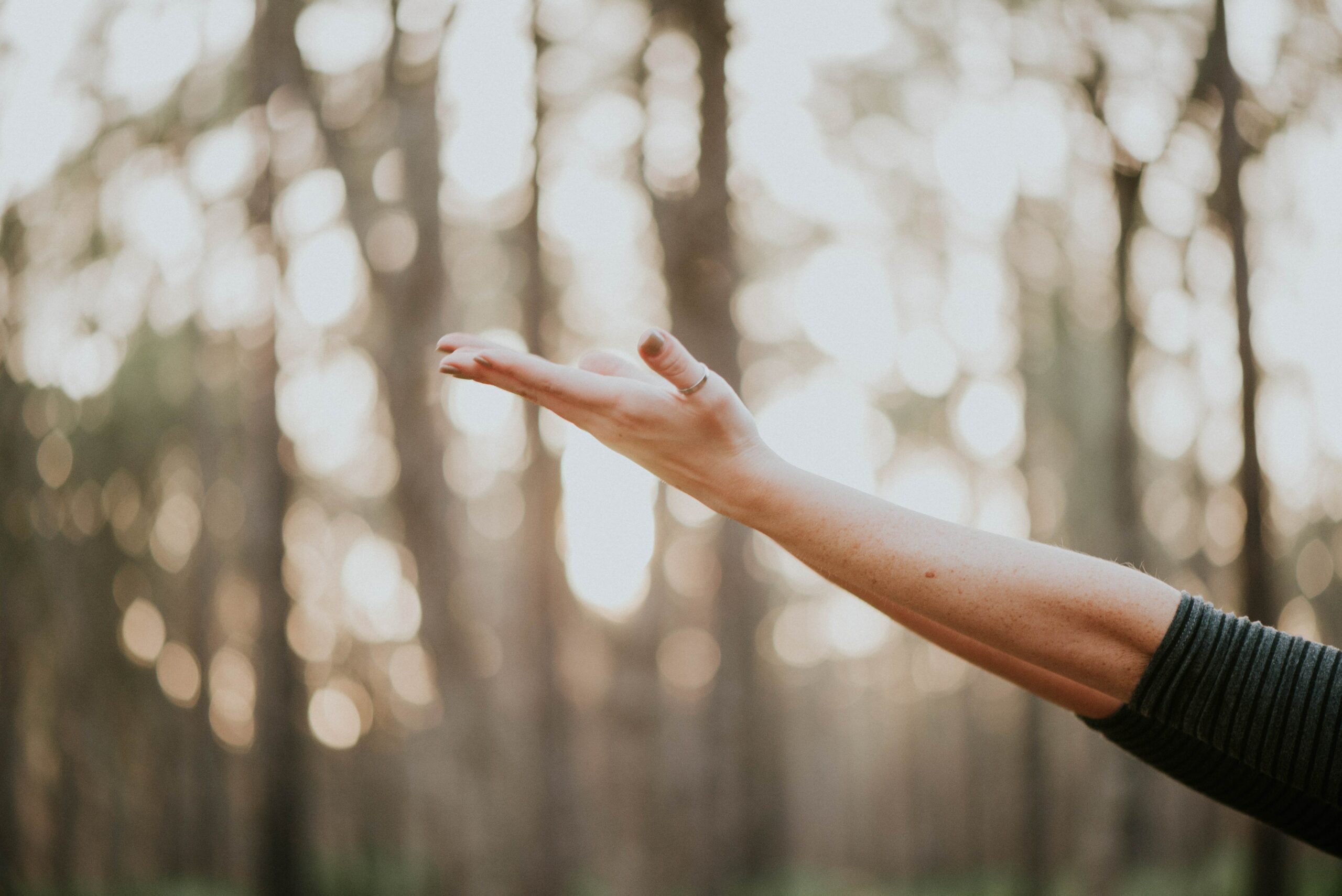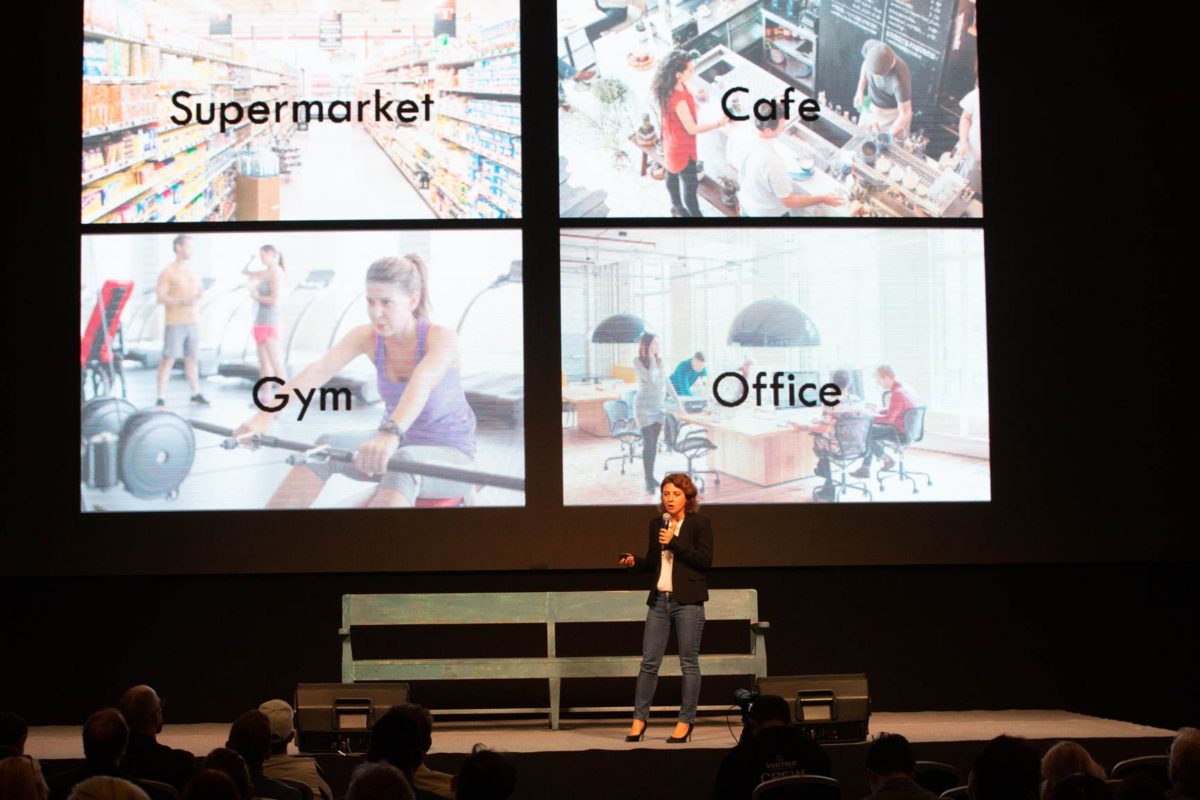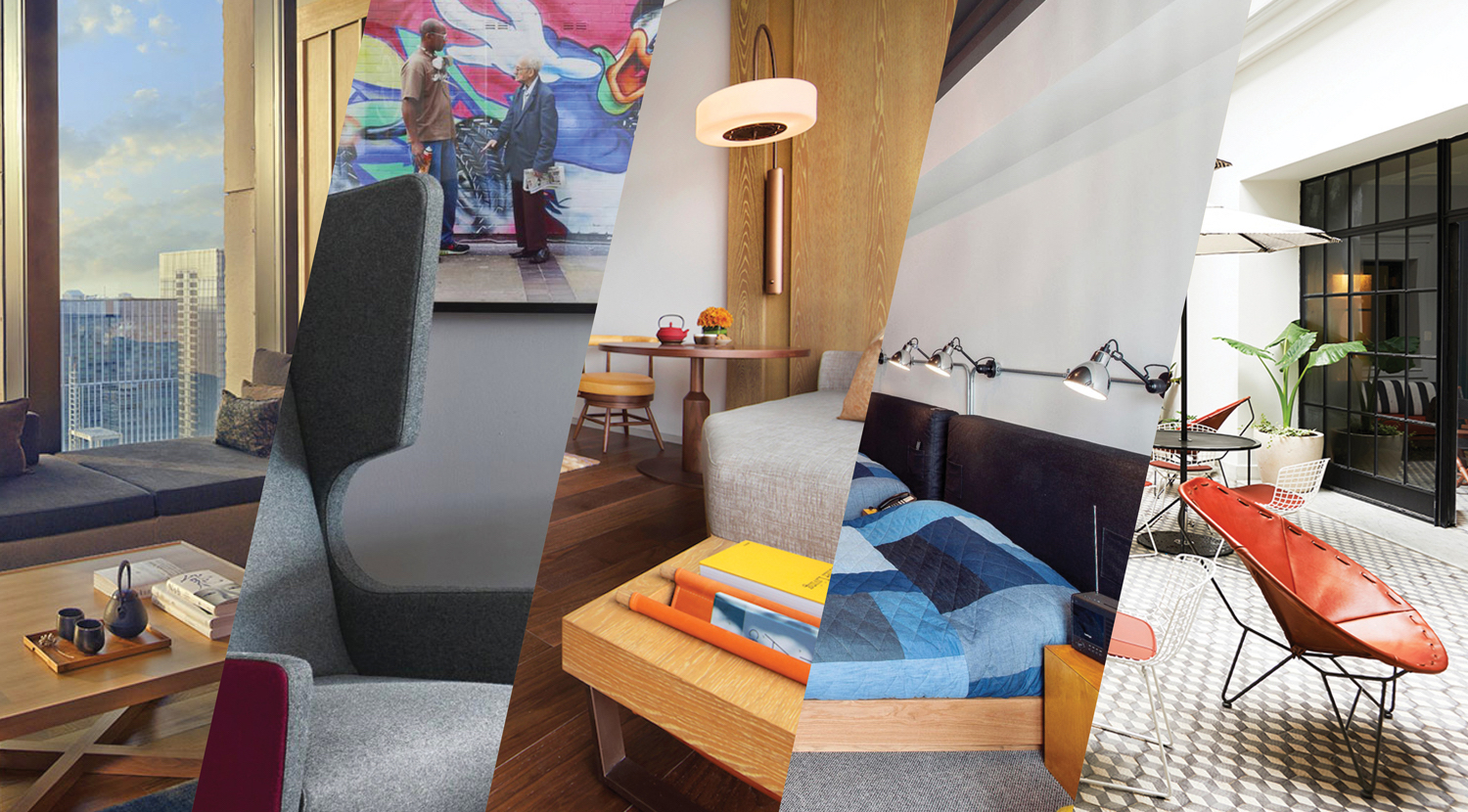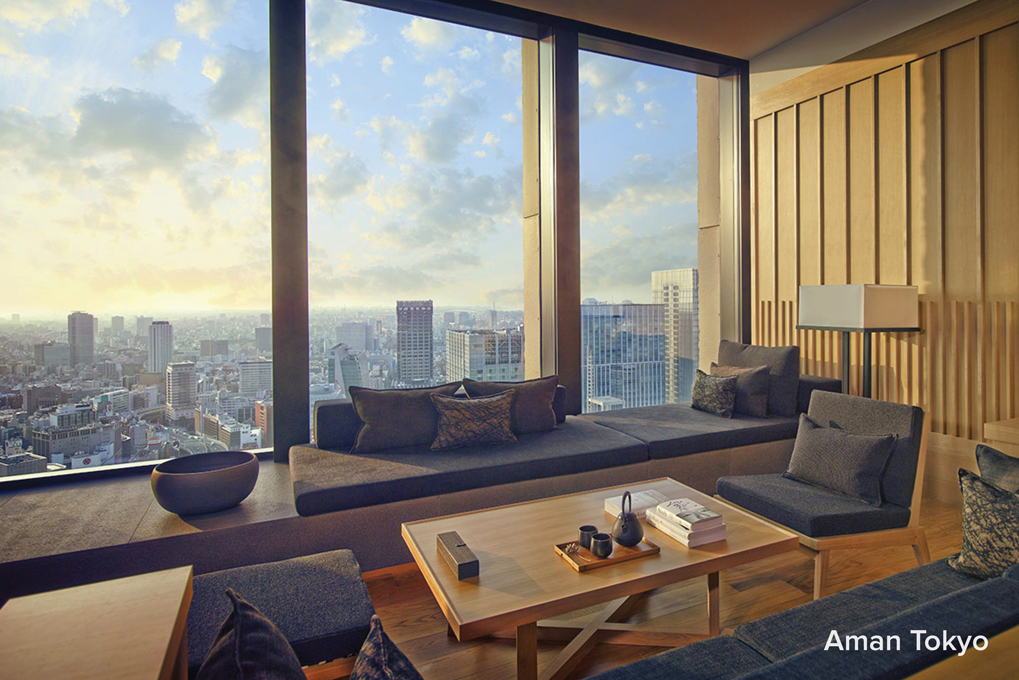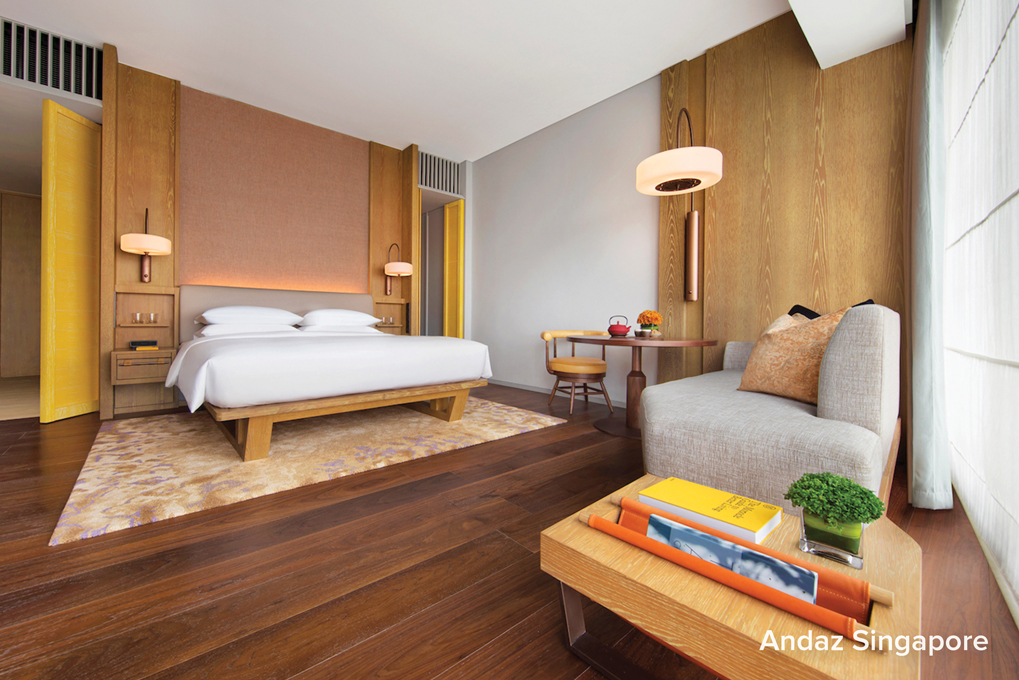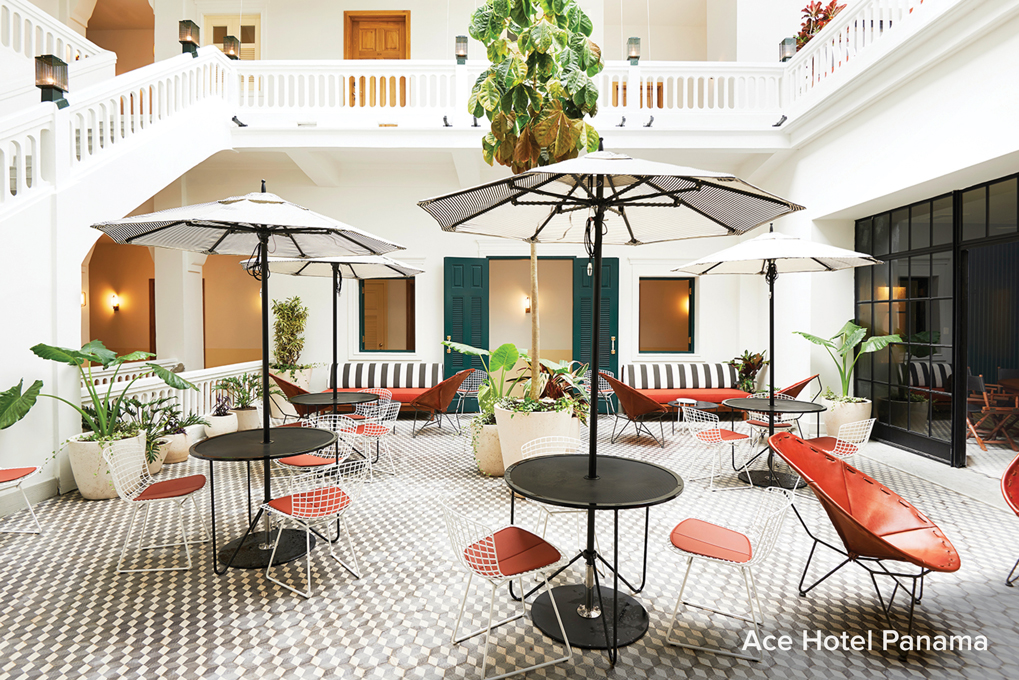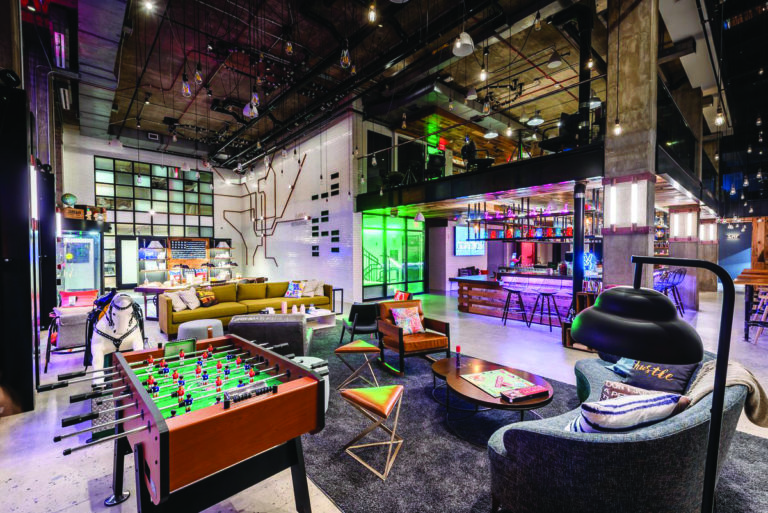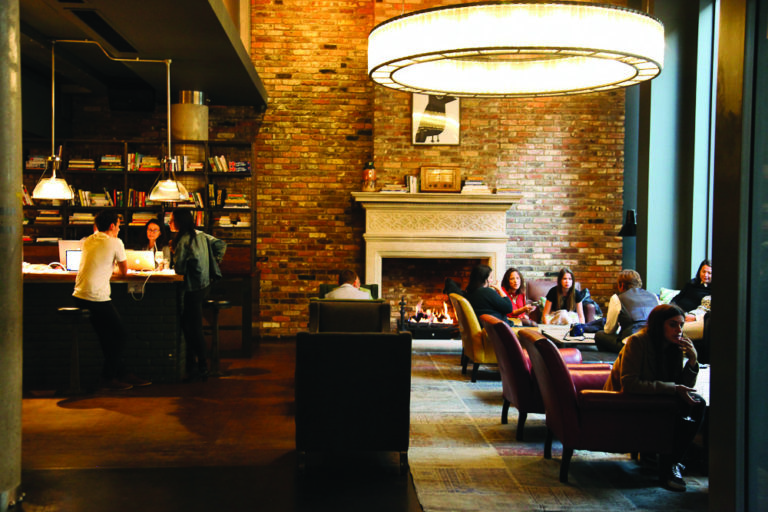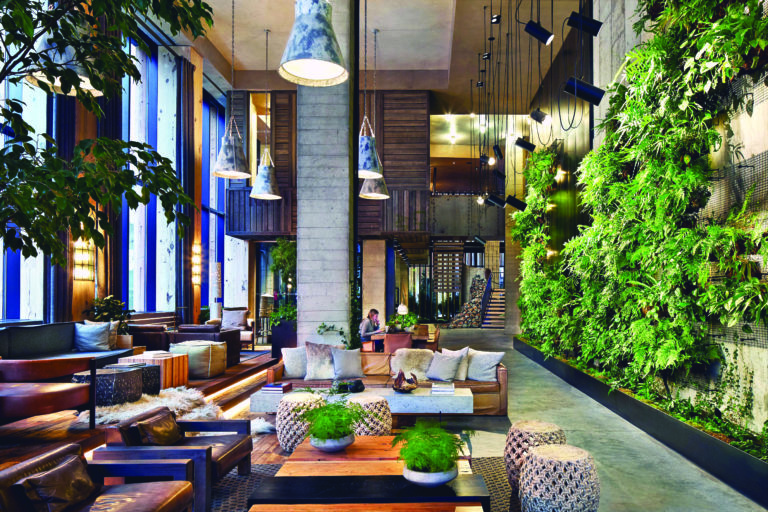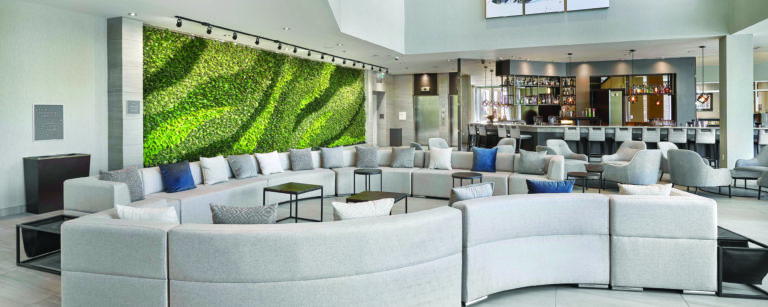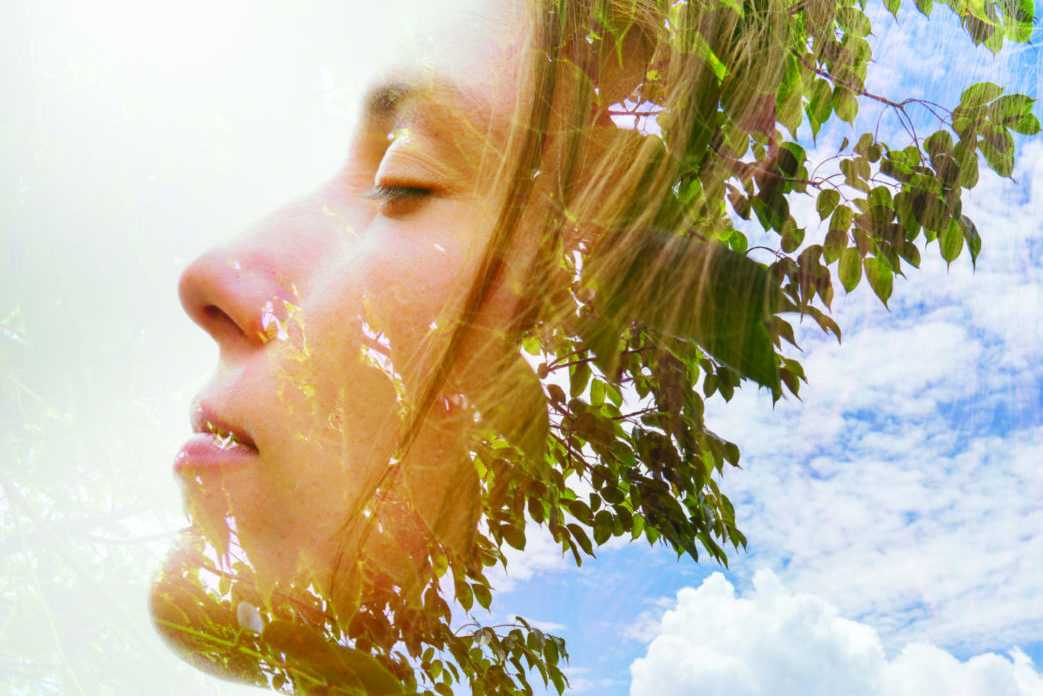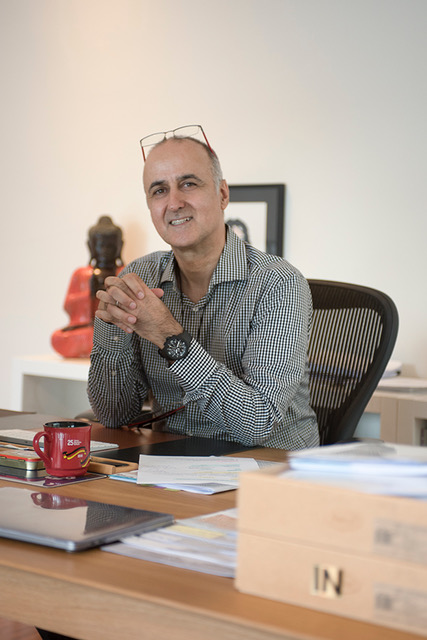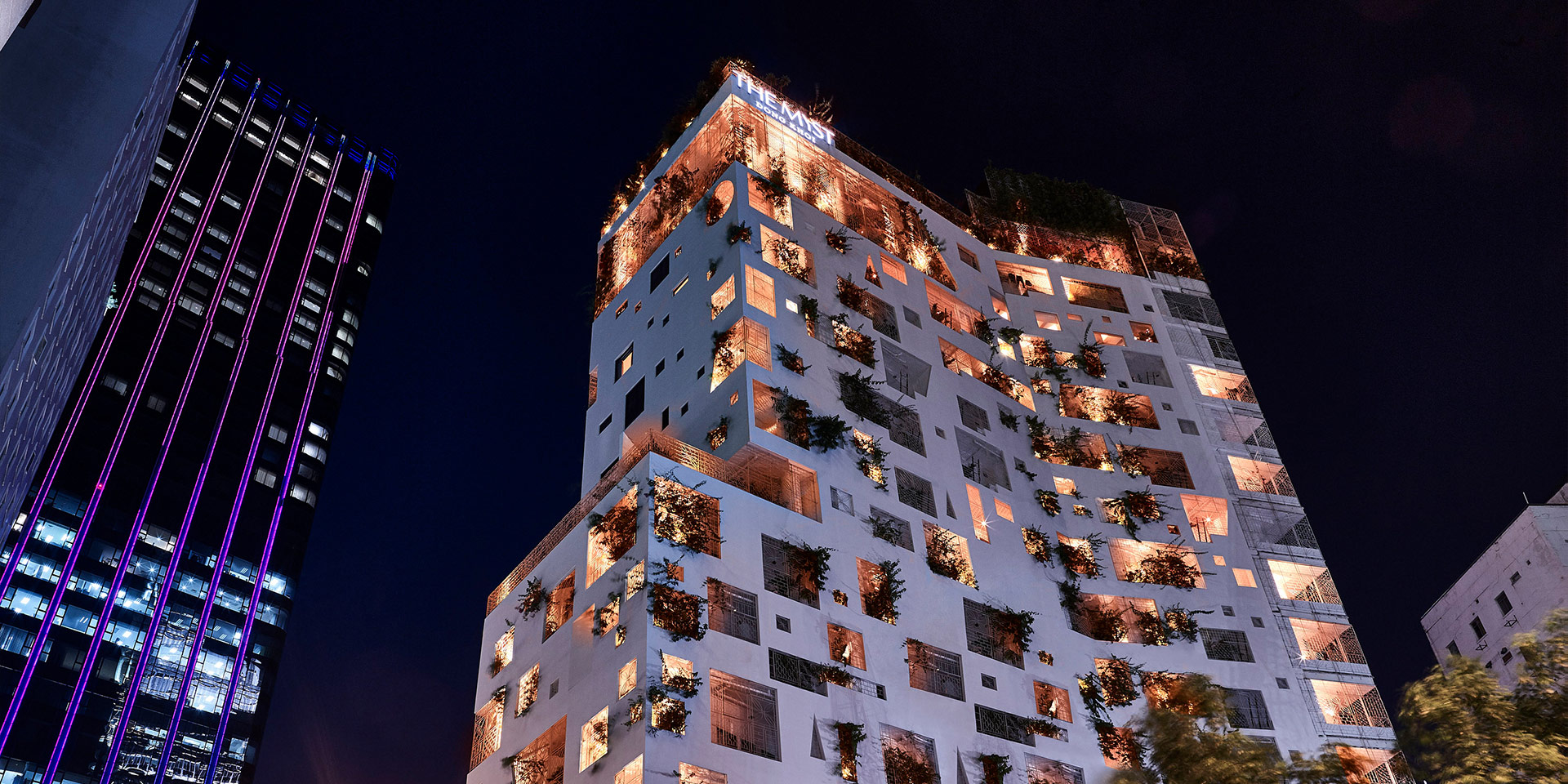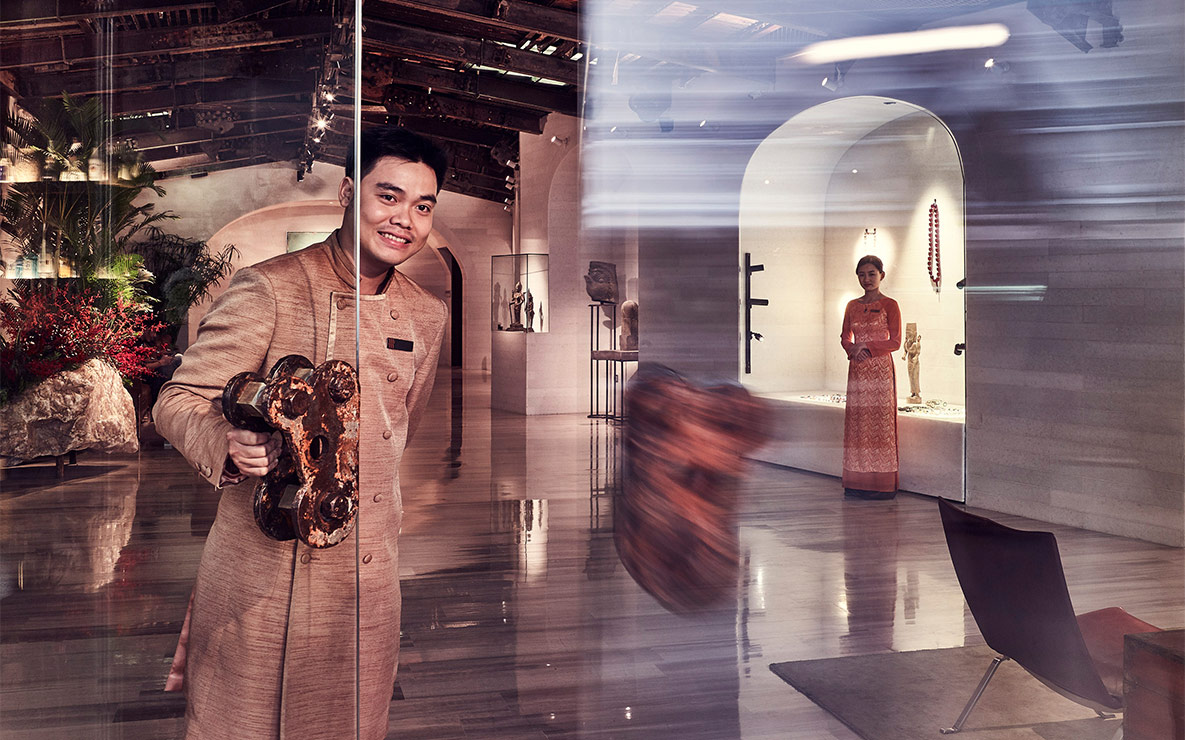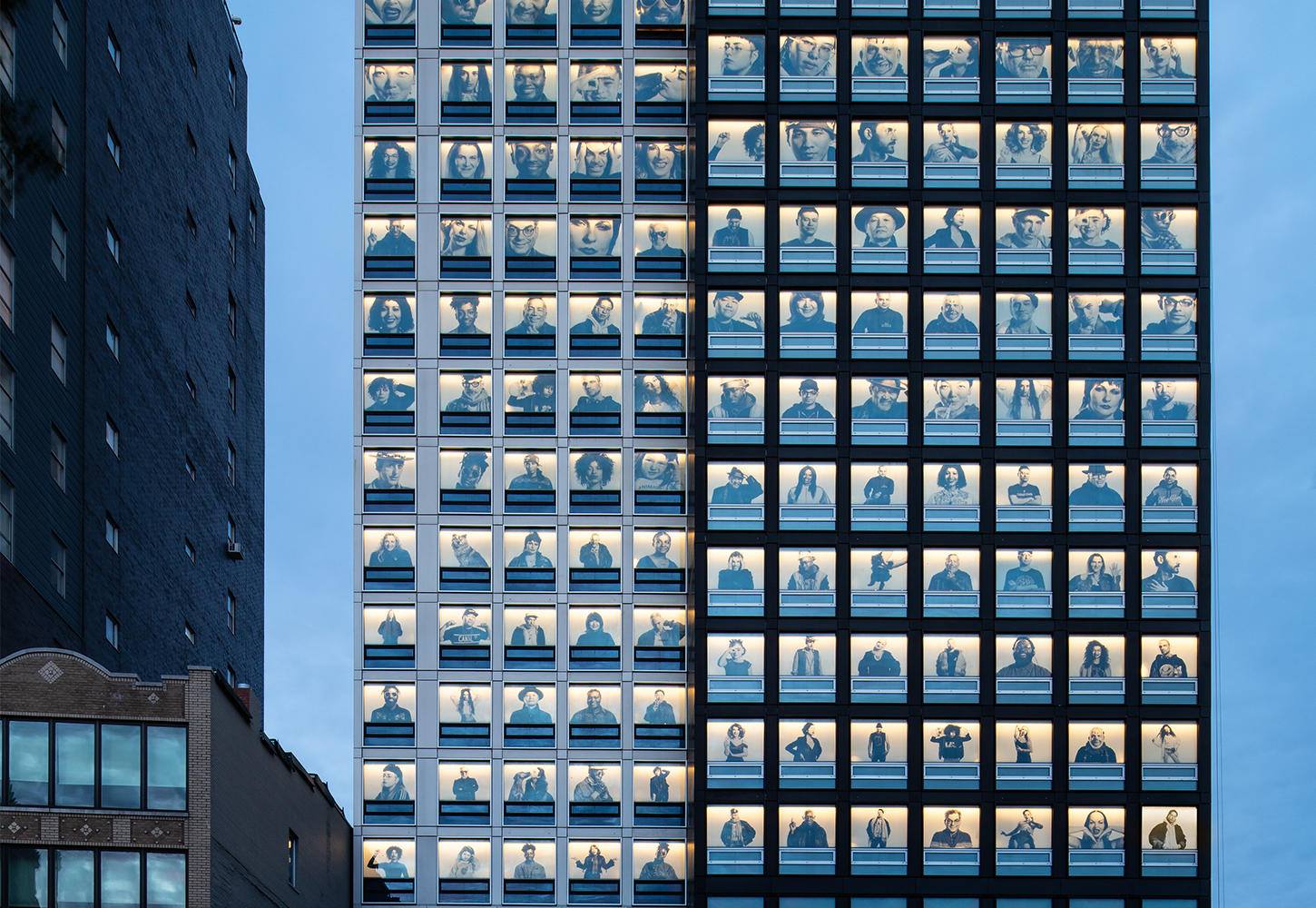We’ll update this dynamic resource with new tips and fresh insights as we receive them. Stay in touch and check back often.
Our Digital Director, Brian Anderson, is actively surveying the market to help QUO’s clients adapt their digital strategies in the current climate. As he develops theories, tests ideas and interacts with other industry specialists, he’s compiling this list of up-to-the-moment insights.
Read on for tips on short-term messaging, longer-term planning and a host of COVID-19 strategies in between.

Digital is Now De Facto
As hotels close their doors to guests and wait out the spread of the Covid-19 virus, many are now looking to the digital world to maintain communications. Across social media and property websites, owners and managers have been posting updates, blogs and video content to communicate with their customers and teams during this incredibly difficult—and constantly evolving—time.
What, how and where you communicate though is critical. It’s important to remember that the actions you take now will define your brand perception for years to come. The challenge is to balance both immediate practical, informational content with more aspirational messaging that keeps the travel dream alive.
As we continue to support our clients, developing a wider range of solutions to rapidly evolving digital needs, I would like to share some of the communication and marketing measures which you too could be considering as part of a response strategy.
The actions you take now will define your brand perception for years to come.
Pivot Your Marketing, Evolve Your Messaging
Although a reduction in marketing and online advertising spend is inevitable for those running tactical revenue generating campaigns, we are now seeing some properties maintaining their marketing across a number of different approaches.
Book and deposit now; travel later
Some properties are attempting to maintain their forward booking pipeline by offering discounts and incentives to travellers willing to pay deposits now on future flexible bookings.
Focus on domestic audiences
They’ll be the first to recover in countries where the epidemic is under control or receding. Budgets set aside for international travel, albeit significantly reduced, will be spent on local and regional vacations.
Offer flexible booking conditions
Waive cancellation or modification fees. Automatic room upgrades where available. Consider changing rapidly to an all-inclusive model, as travellers will want simplicity and ease once this is all over.
Keep the dream alive
The guests that should be basking on your private beach or in the paddling pool with the kids are currently worried, concerned, wondering what the future holds. Show them that this too shall pass, and pretty soon they’ll be soaking up the sun in your luxury rooftop lounge. We all need to dream, now more than ever.
Share your outreach and support work
We know of a number of hotels opening their doors to the homeless and repurposing as emergency-treatment facilities. This compassion deserves to be shared widely. Social media is generally a captive audience, so consider paid CPM media to double down on your credentials.
Collaborate and combine budgets
Collaborate with other properties and businesses locally and reach out with messaging about your destination. Reassure past and future guests that as soon as you are able, as soon as it’s safe for them, you will be back in the travel dreams business. Likewise for MICE, work with local organisations and business leaders together on recovery plans, at least to lay the foundations.
Consider your distribution networks
Some of the online distribution networks you have been using may not survive. They work on very low margins with high marketing and technical overheads, they are highly sensitive to any sort of disruption. Now would be a good time to discuss options with them for positioning, promotions and rates, and their commissions. With so many properties going offline they may be open to new positions and offers, eager for any sort of inventory, and with guaranteed rates for x months you could help yourself and the OTAs survive.
Review your scheduled marketing
I just received what appears to be a pre-scheduled marketing email from a travel company using the now-famous ‘follow me to’ motif—where a person in the foreground the viewer forward by the hand to an intriguing group-travel experience. Probably not the best graphic device to be using at this point.
It would pay to review any longer term scheduled marketing you already have in your plans.
Show them that this too shall pass, and pretty soon they’ll be soaking up the sun in your luxury rooftop lounge. We all need to dream, now more than ever.
Practical Measures
Apart from marketing and advertising communications, what other online tools and techniques could you be considering to bolster your response to the challenge?
Website announcements
We are seeing a great many hotel websites with little or no updates or news on the crisis, or any sort of support for guests. We have all been taken by surprise, and no little shock, but as hospitality companies we owe our clients the benefit of our concern, the least of which is knowledge and guidance.
Whether in the form of simple popups leading the user to an information page, a blog post, or at the very least a press release, your website is a news channel and is likely right now being bombarded with people looking for your response.
Live chat
A great many people are in panic mode, stranded or cancelling, unsure of the next step. If you can organise for live chat on your website, routed through to bookings or reservations, you can offer a voice and a person instead of an email hours later. No better way of easing burdens and worries, while guaranteeing a good impression. It may even cut down on the massive volume of emails you are probably receiving.
Dedicated pages
As discussed above, if you are providing special services to governments or on behalf of owner or group brands, beyond the responsibilities of a hotel, then please share the knowledge, on social media of course, but also on your website. Your site is a destination in itself and reference point for persistent knowledge and service. Create a dedicated blog category or updated media and news page detailing what you are doing for the community and how you are responding as a team.
Prepare for Recovery
Digital audit
Many of our hotel and resort clients have entered a waiting game, and for some who have scaled back or closed the doors, they are casting around for next priorities on their crisis response list. When the tasks become less critical you may want to consider getting your ducks in a row for the recovery phase throughout your digital strategy as it’s the first channel people will be looking at with recovery on the horizon.
Here are a set of tasks and projects you could look into with your agencies:
Channel strategy review
When was the last time you looked closely at the sales and ROI through each of your channels? Now could be a good time for a quick review.
We know that some properties don’t consider changing channel investments from one year to the next, due to lack of familiarity, lack of knowledge or expertise, or because they just don’t see the return. Some of the biggest hospitality brands in the world invest the majority of their budgets on B2C sales, and online, because they see the results in black and white. Take another look and consider it.
Do this with half a mind on the recovery demographic:
- Origin: Obviously the countries that recover fastest
- Demographic: Probably younger audience—not likely to be older or have families
- Psychographic: Adventurous, travel addicts—and of course those who feel the sting of having missed out and are ready to rebook after cancellations
But above all, look to business travellers. The catastrophic impact on the MICE industry should come back hard and fast as businesses scramble to make up for lost ground.
SEO Audit
While revenue from online bookings remains largely driven by PPC and other direct advertising, organic SEO is the ticket to long term high value bookings. Optimising a website for specific sets of keywords once, then maintaining the presence of those keywords and related content through time is a low budget to long term presence in the search engine results pages of Google, Yahoo and other global search engines.
If you haven’t done keyword research then you need to consider it now, then rewrite your page content accordingly. Then have your agencies collaborate on building out the more technical aspects of SEO to ensure the maximum value of the new keyword/phrase oriented content. It’s a longer term tactic as Google can take months to reindex all sites online according to content, but the payoffs can be distinct and clear.
Performance review
And while you’re at it, check your site speed. Many industries suffer from significant dropoff in user engagement and rate of abandonment if the website experience is too slow. Hotel and hotel brand sites don’t suffer from this so much since the average user on your site is there for a reason, with purpose, which adds a higher level of forbearance. However nobody will wait around for too long for your images to load.
Conversion optimisation audit
So the site is fast, and it’s getting into Google organic search, why are bookings still low? You may want to spend a bit of time looking at conversion optimisation. This is the process of analyzing the website to understand what forces of design and layout are affecting booking intent and completion. It is often because your booking mask is not sufficiently visible, or you have no call to action, maybe your website looks old fashioned and outdated and people just don’t trust to book on your site, or maybe you offer no best price guarantee or other direct booking benefits (which has come standard). There are many different possible reasons, a tiny change could be the difference between an extra 20 bookings or 200 bookings per year. That’s a big potential return.
Analytics audit
Finally, do you actually know who visits your website and what they do on it? What age range they are, nationality, gender, what banner ads they clicked on, what pages on the website they prefer to visit and which ones get the most natural organic visitors, what website they were on previously, what general industries they work in, interests they have? All this and more is data readily available in Google Analytics, a free tool, amongst many tools, which provides extensive essential insights into the audience for your brand and property.
Look to the Future
These practical audit measures are things to consider as a means of maximising the value of what you already have. They won’t reduce your exposure to the inevitable risk and losses we all face, but they will position you better in the inevitable other side. These measures are simple short introductions to techniques and ideas that are wholly embraced by some properties and sadly neglected by others, but were crucial in 2019—and more so in post Covid-19 2020.
Above all, look to business travellers. The catastrophic impact on the MICE industry should come back hard and fast as businesses scramble to make up for lost ground.
Check this Page Often
To learn more about how QUO can help during this challenging period, send Brian an email, but we also want to hear from you. How has your organisation adapted their digital strategy during the COVID-19 crisis? Get in touch to let us know, and we’ll share those insights here with your colleagues across the digital marketing world.
We will update this page regularly with new tips and recommendations as we hear from you, and as this situation actively unfolds. Check back regularly to see the latest developments.
Follow QUO
on Instagram
